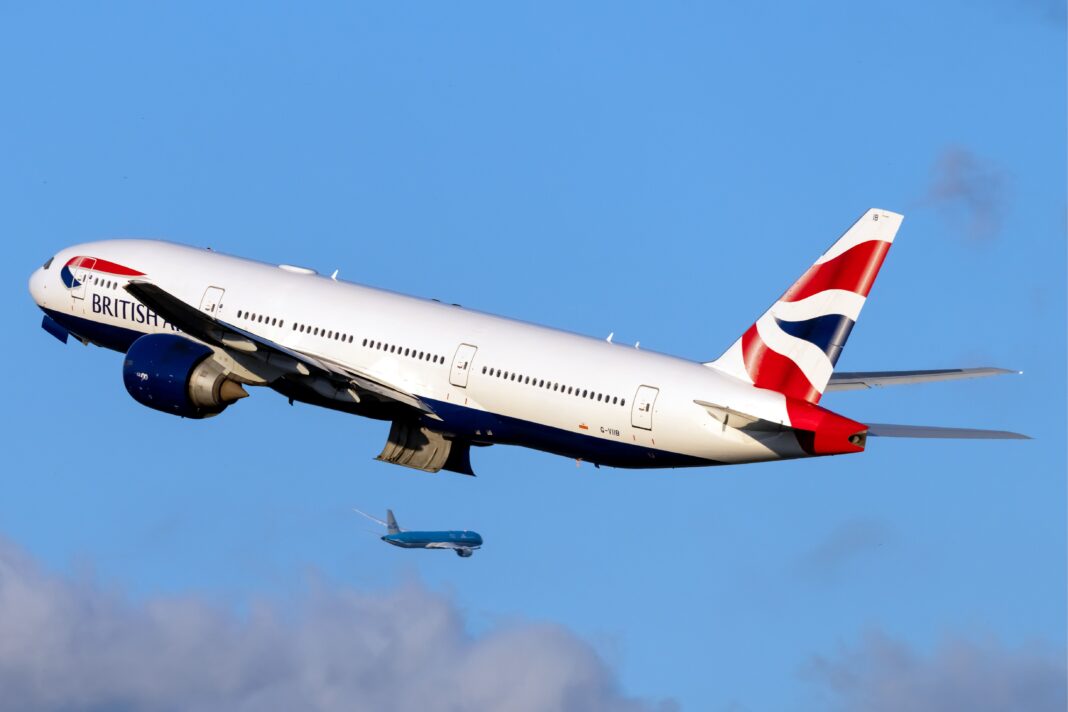” . ” This sentence is perhaps one of the most frequently used by cabin crew throughout their career. Indeed, seatbelts are a fundamental feature to prevent passengers from getting injured during a flight.
However, have you ever asked yourself why airplane seatbelts differ from those you find on cars? Seatbelts can be divided into two main types. The first type is the one-piece, diagonal lap belt you fasten while driving your car. The second one is typically installed on an aircraft seat and can be described as a simple lap belt.
If both kinds of seatbelts aim at saving lives in case of an accident, why are they so different? The answer to this question lies in the different motions characterizing a car moving on the ground and an aircraft flying in the sky. In the case of a car accident, forces pointed in different directions can cause the vehicle to move forward, backward, or sideways. Therefore, over-the-shoulder seatbelts aim to hold the upper body of the car passengers during these sudden movements, thus significantly reducing the risk of suffering traumas.
On the other hand, the forces to which a human body is exposed on an aircraft vary considerably from that of cars. On an aircraft, passengers must be protected from sudden ascending and descending movements. While on a plane, the most dangerous movement you can be subjected to is the up-and-down motion caused by .
Newton’s first law of motion can help us understand why: ” . ” When traveling on a plane, think of yourself as the body at rest. If the aircraft encounters turbulence, it might suddenly drop.
Depending on the severity of the turbulence, the aircraft will drop altitude more or less rapidly. If you are not wearing a seatbelt, and the plane drops because of the turbulence, you’ll end up bumping your head against the aircraft ceiling. Conversely, if you have your seatbelt on, this will act as an outside force, taking you with the plane as it drops, thus preventing you from being violently smashed against the overhead bin.
If you have flown in recently, . The reason why some airlines are installing three-point shoulder harnesses in their new business class seats is to protect passengers from hitting their heads against the seat shell in front of them in case of particularly rough landings. Additionally, with business class seats offering a markedly greater recline than the economy or class seats, the three-point shoulder harnesses will further help keep the passengers tied to their reclined seats if the aircraft experience turbulence.
However, these over-the-shoulder seatbelts are particularly expensive. Therefore, most carriers avoid them in the cheapest classes, such as economy, and many others have also decided not to invest in such seatbelts even in their premium cabins. The cost of over-the-shoulder seatbelts is also technical.
Indeed, while these seatbelts can be attached directly to the frame of a car, on an aircraft, they would need to be attached to the bulkhead. Nonetheless, bulkheads are not sufficiently robust. If airlines were to install three-point shoulder harnesses to all seats, they would need to reinforce bulkheads, increasing the seats’ weight.
However, heavier seats would increase the aircraft weight, thus increasing fuel consumption, with significant environmental and economic disadvantages. .
From: simpleflying
URL: https://simpleflying.com/why-airliners-dont-have-shoulder-seatbelts/



